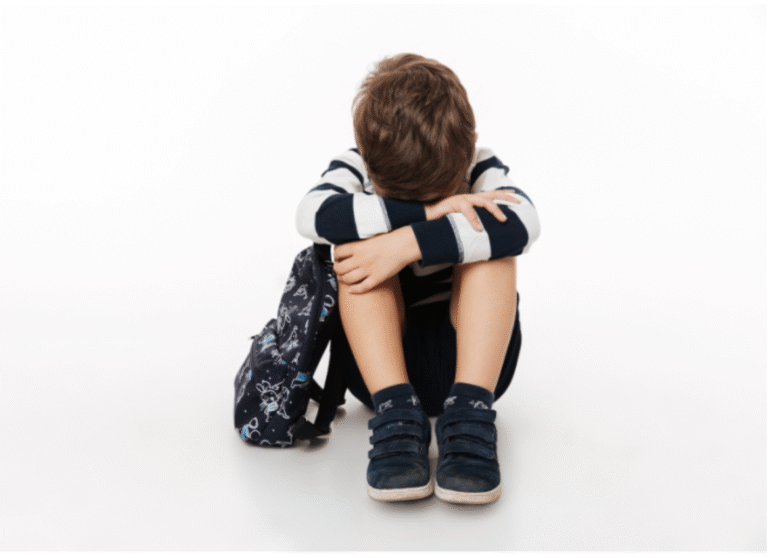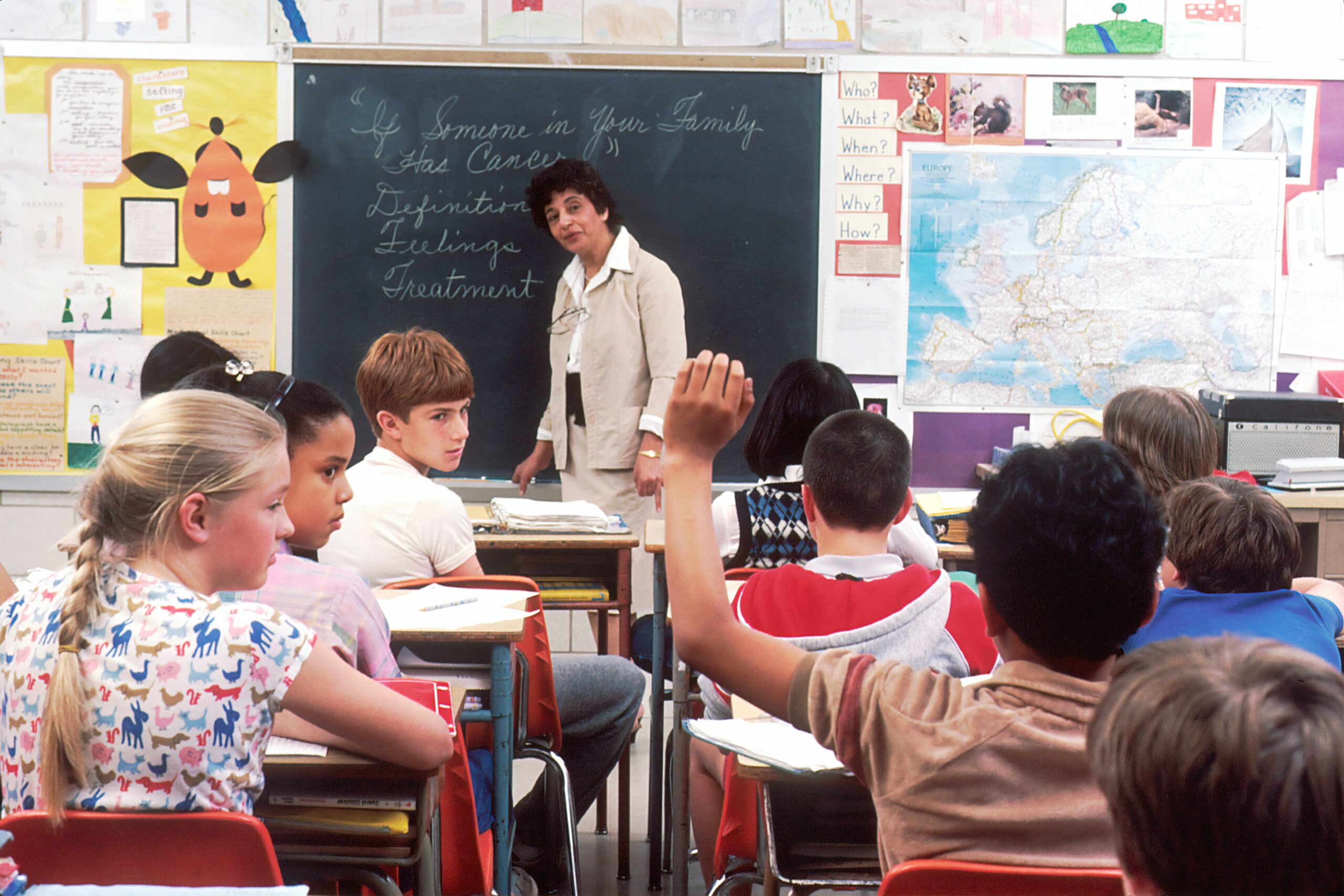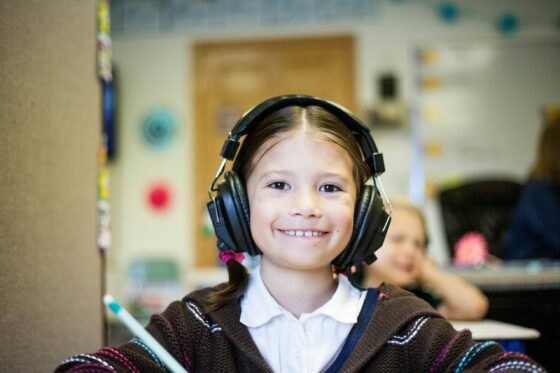
How The Imagine Project Helps Improve—and Even Stop—Bullying
Bullying continues to be one of the most pervasive challenges facing children and teens today. Whether it happens in school hallways, online, or on playgrounds,

Bullying continues to be one of the most pervasive challenges facing children and teens today. Whether it happens in school hallways, online, or on playgrounds,

For many children, school should be a place of learning, friendship, and growth. But for some, it can also be a source of fear and

School is filled with both exciting opportunities and unique challenges. From academic pressures to social dynamics and personal struggles, students often carry far more than

Returning to school in the fall brings a complex mix of emotions for everyone involved. Teachers, for example, often feel the thrill of new routines

“I just want them to succeed.” “She’s always been self-motivated—we don’t push her.” “He won’t relax until it’s perfect.” “She cries when she gets a

Changing schools is a major life transition for any child. Whether it’s due to a family move, academic needs, or social challenges, the shift to

“I don’t have time for this, I have too much to teach.” “I am not qualified to be their therapist in the classroom.” “These soft

In an era of constant media coverage and political discourse, students are frequently exposed to news that can be stressful, divisive, or overwhelming. Political events,

In the hustle and bustle of modern life, it’s no surprise that many of us struggle with feelings of anxiety and depression. These emotional challenges

As summer comes to a close, students and teachers alike often face a mix of excitement and anxiety about the new school year. The transition




Join our community to get the latest tips, exclusive offers, and updates straight to your inbox. Don’t miss out—subscribe now and be the first to know!